Advancements in Marine Technology
Technological advancements are playing a crucial role in shaping the Distributed Buoyancy Modules Market. Innovations in materials science, such as the development of lightweight and durable composites, are enhancing the performance and longevity of buoyancy modules. These advancements allow for more efficient designs that can withstand harsh marine environments. Furthermore, the integration of smart technologies, including sensors and monitoring systems, is enabling real-time data collection and analysis, which improves operational efficiency. The marine technology sector is expected to witness substantial growth, with investments in research and development projected to reach billions in the next few years. This evolution presents a promising landscape for stakeholders in the Distributed Buoyancy Modules Market to capitalize on emerging technologies.
Growing Environmental Regulations
The Distributed Buoyancy Modules Market is increasingly influenced by stringent environmental regulations aimed at reducing the ecological impact of marine operations. Regulatory bodies are enforcing guidelines that require the use of environmentally friendly materials and technologies in offshore projects. This shift is prompting companies to adopt distributed buoyancy modules that not only comply with these regulations but also enhance operational efficiency. The market for eco-friendly marine solutions is expected to expand, with a projected growth rate of around 8% annually. As organizations seek to align with sustainability goals, the demand for innovative buoyancy solutions that meet regulatory standards is likely to rise, thereby benefiting the Distributed Buoyancy Modules Market.
Expansion of Aquaculture Activities
The expansion of aquaculture activities is emerging as a significant driver for the Distributed Buoyancy Modules Market. As the global demand for seafood continues to rise, aquaculture is becoming a vital source of sustainable food production. Distributed buoyancy modules are increasingly utilized in the design of floating fish farms and other aquaculture systems, providing stability and support for these operations. The aquaculture market is projected to grow at a compound annual growth rate of approximately 6% over the next several years, indicating a robust opportunity for buoyancy module manufacturers. This trend suggests that the Distributed Buoyancy Modules Market will likely see increased adoption of its products in aquaculture applications, further diversifying its market reach.
Rising Demand for Renewable Energy Solutions
The Distributed Buoyancy Modules Market is experiencing a notable increase in demand due to the global shift towards renewable energy sources. As countries strive to meet their energy needs sustainably, the integration of buoyancy modules in offshore wind farms and tidal energy projects is becoming more prevalent. These modules enhance the efficiency of energy generation by providing stability and support to floating structures. According to recent estimates, the offshore renewable energy sector is projected to grow at a compound annual growth rate of over 10% in the coming years, thereby driving the need for advanced buoyancy solutions. This trend indicates a significant opportunity for manufacturers and developers within the Distributed Buoyancy Modules Market to innovate and expand their offerings.
Increased Investment in Offshore Infrastructure
The Distributed Buoyancy Modules Market is benefiting from increased investments in offshore infrastructure projects. Governments and private entities are recognizing the strategic importance of developing robust marine infrastructure to support various industries, including oil and gas, aquaculture, and renewable energy. For instance, the offshore oil and gas sector is projected to invest over 200 billion in infrastructure development over the next decade. This influx of capital is likely to drive demand for distributed buoyancy modules, which are essential for the stability and safety of offshore installations. As these projects progress, the Distributed Buoyancy Modules Market stands to gain significantly from the heightened focus on building resilient and efficient marine structures.



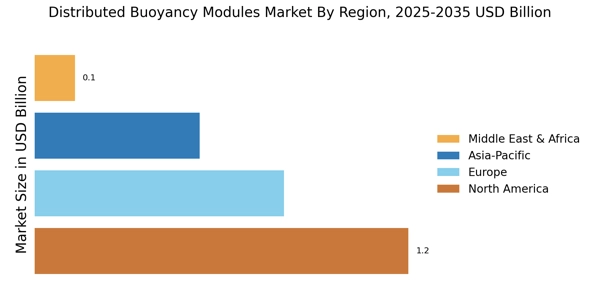
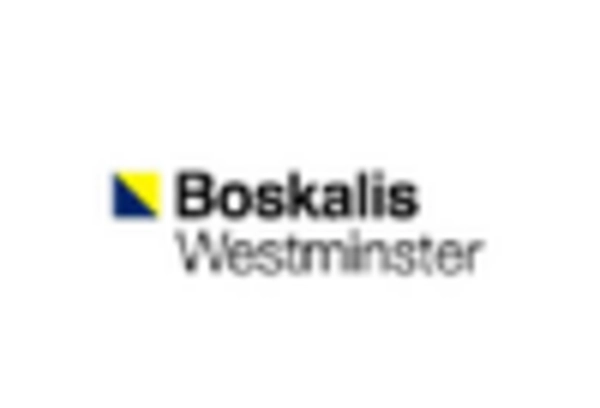
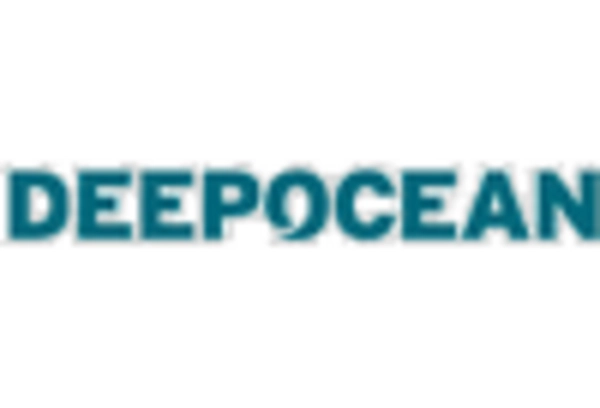
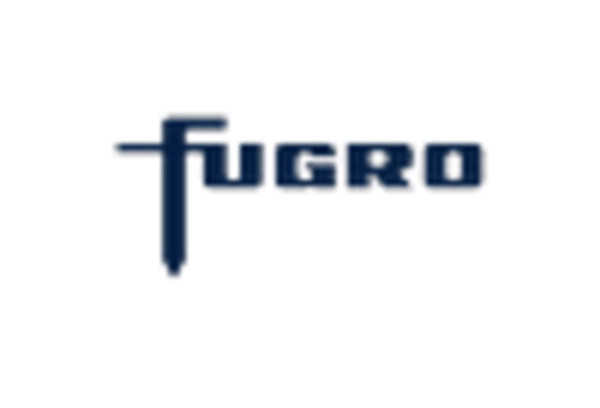
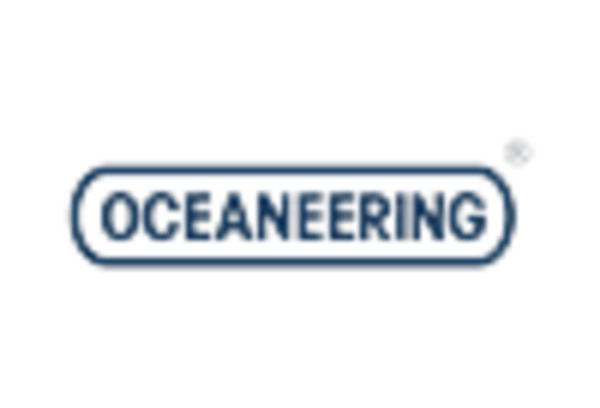










Leave a Comment